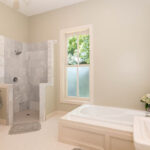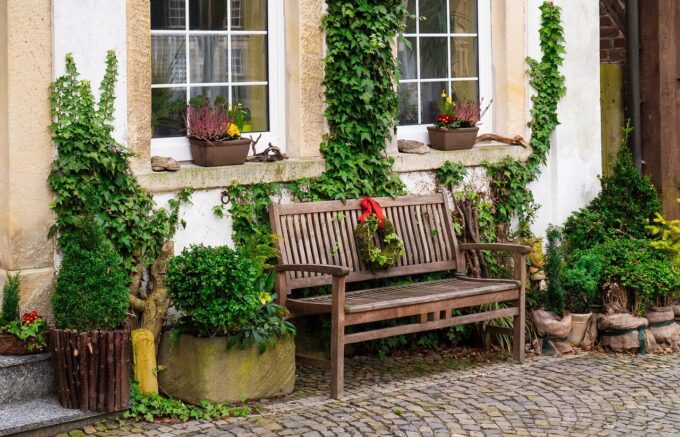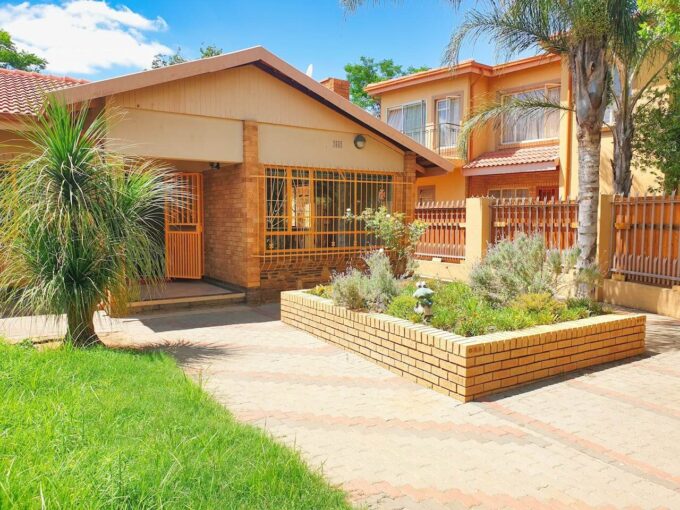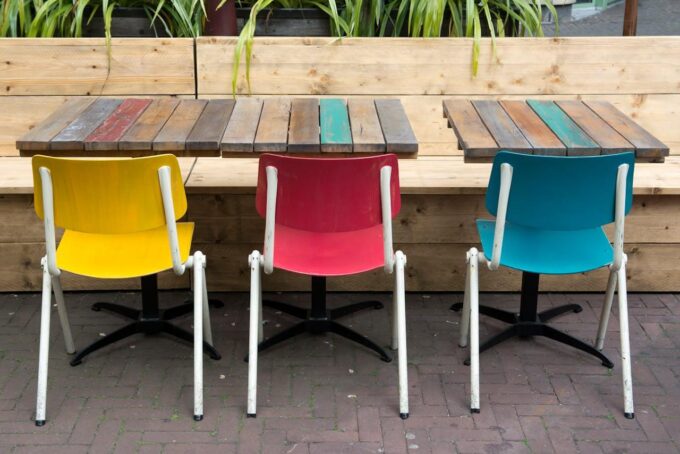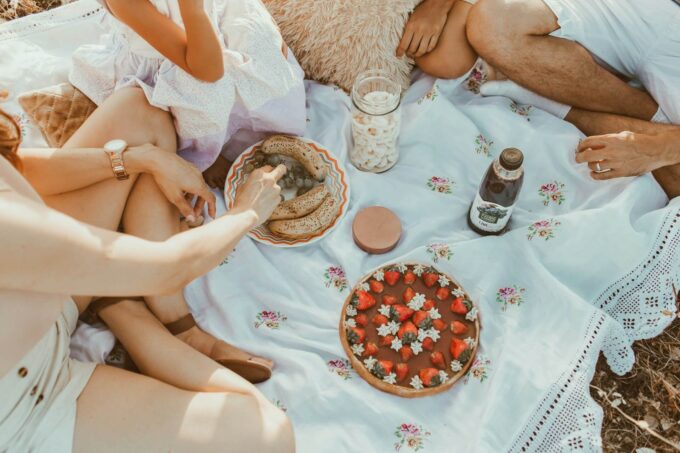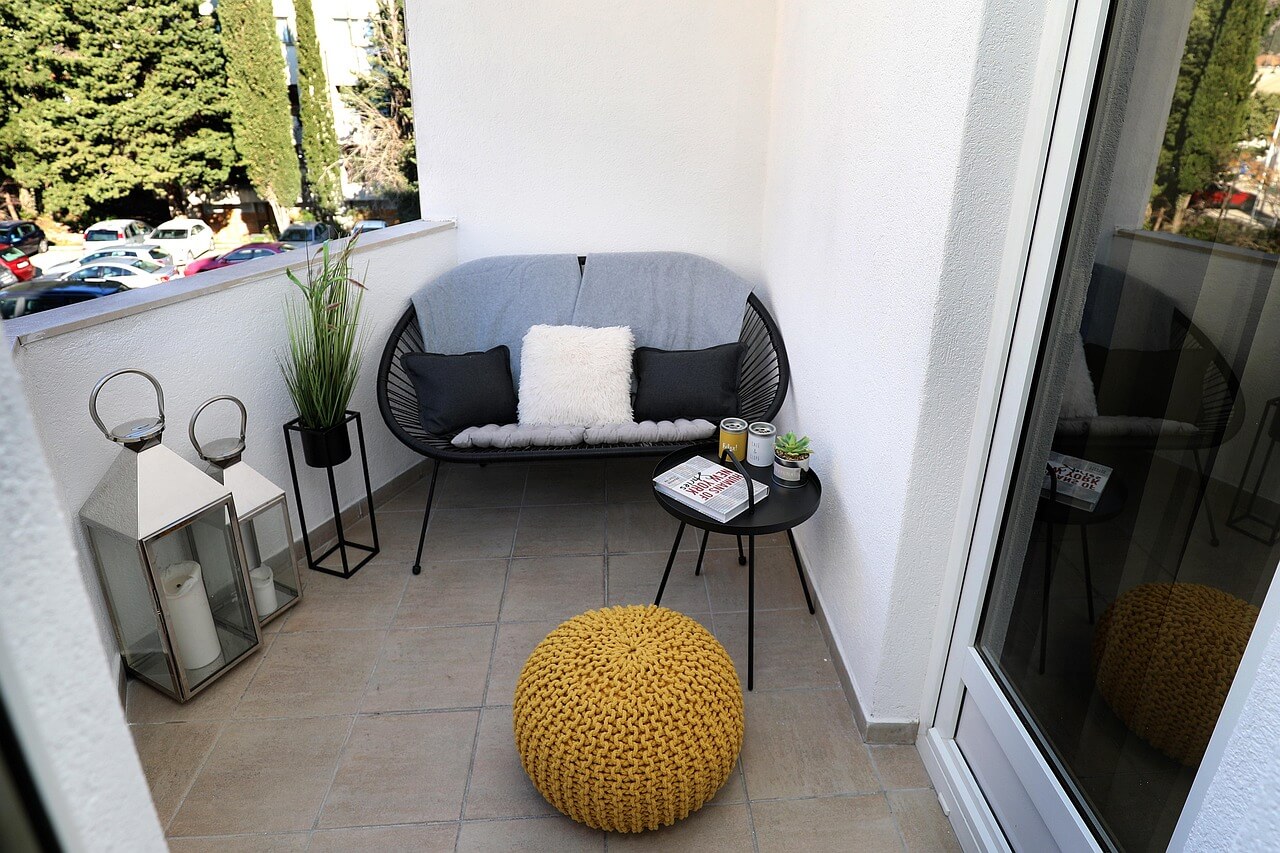
Access to a personal open-air retreat—whether for relaxation, social gatherings, or peaceful morning moments—fundamentally enhances everyday living. From compact apartment balconies to expansive yards, thoughtfully designed outdoor areas seamlessly extend your living environment beyond interior walls. But what transforms an underutilized exterior space into an inviting sanctuary?
Success lies in balancing three essential elements: physical comfort, visual appeal, and practical utility. Many homeowners inadvertently compromise their outdoor potential through furniture congestion or by overlooking crucial atmospheric elements like illumination and fabric selections. This comprehensive guide presents straightforward yet impactful strategies to revitalize your exterior environment without requiring substantial financial investment.
Atmospheric Elements That Transform Outdoor Environments
Thoughtful decorative choices dramatically alter how outdoor spaces feel and function. Even seemingly minor additions create substantial impact.
Strategic Illumination – Appropriate lighting instantly establishes welcoming ambiance. Consider suspended string illumination, strategically positioned portable lanterns, or flameless candle alternatives surrounding conversation areas. Solar-powered options provide economical illumination while eliminating electrical connection requirements.
Textile Integration – Incorporate weather-appropriate cushions, ground coverings, and lightweight throws to introduce visual dimension and physical comfort. Select specially treated fabrics engineered for outdoor durability through changing weather conditions.
Living Accents – Vegetation brings dynamic energy to any environment. Without dedicated garden space, explore container plantings, wall-mounted growing systems, or suspended plant displays to introduce natural elements. Even modest culinary herb collections contribute both visual interest and practical benefits.

Yard Refreshment: Cost-Conscious Transformation Techniques
Substantial visual impact doesn’t require matching financial investment. Consider these economical approaches to outdoor renewal:
Furniture Rejuvenation – Before purchasing new outdoor furnishings, evaluate updating existing pieces. Protective coating application or cushion replacement can substantially refresh dated elements.
Personal Creation Projects – Transform reclaimed shipping platforms into distinctive seating arrangements or construct fire features using stacked stone elements. Decorative stone arrangements effectively delineate functional zones throughout larger outdoor areas.
Versatile Furnishings – Prioritize items serving multiple functions. Storage-integrated seating, collapsible tables, or convertible footrest/seating options maximize functionality in limited spaces.
Selecting Outdoor Furnishings: Balancing Aesthetics and Practicality
Appropriate furniture selection fundamentally impacts both appearance and usability of outdoor environments:
Environmental Resilience – External furnishings face substantial weather exposure. Synthetic wicker, metal alloys, and specially treated timber options provide necessary durability. Complement with water-resistant cushion covers for enhanced comfort and longevity.
Spatial Efficiency – For constrained areas, explore collapsible seating options and nested table arrangements. Café-style dining sets provide comfortable accommodation while maintaining proportional scale in smaller settings.
Adaptable Arrangements – Select components allowing easy reconfiguration. Sectional outdoor seating permits customized layouts based on gathering size, while lightweight construction facilitates spontaneous rearrangement.
Compact Patio Enhancement: Maximizing Limited Footprints
Even minimal exterior spaces transform into inviting retreats through thoughtful design strategies:
Convertible Components – Hinged tabletops, vertically stackable seating, or wall-mounted serving surfaces conserve precious square footage while maintaining functionality.
Elevation Utilization – Implement suspended planters, wall-attached storage solutions, or vertical growing systems to maximize available surface area. Vertical vegetation installations simultaneously enhance visual appeal and create privacy boundaries.
Functional Segmentation – Utilize floor coverings, fabric dividers, or subtle barriers to establish distinct activity zones for dining, relaxation, or plant cultivation. Even minimal spatial definition creates psychological expansion of available area.

Garden Sanctuary: Crafting Restorative Environments
Garden areas should provide genuine relaxation opportunities. Whether you prefer sunlit reading sessions or peaceful evening unwinding, these elements enhance environmental comfort:
Supportive Seating – Suspended nets, porch-mounted swinging seats, or generously proportioned reclining options create natural relaxation points. Additional cushioning and lightweight blankets further enhance comfort potential.
Hydrological Features – Even modest flowing water installations introduce soothing auditory elements while creating environmental cooling effects. Space-conscious alternatives include tabletop water circulators for similar sensory benefits.
Fragrant Vegetation – Lavender, night-blooming jasmine, and culinary herbs contribute multisensory garden experiences, infusing surroundings with natural aromatherapy while enhancing visual appeal.
Creating welcoming outdoor environments requires neither extravagant expenditure nor complex implementation. Thoughtfully selected elements—appropriate illumination, comfortable seating arrangements, and strategic vegetation—transform any exterior space into a personalized retreat. Regardless of whether you manage extensive grounds, modest patio areas, or limited balcony dimensions, these approaches maximize your outdoor living potential.
Latest Posts
The Best Plants to Keep Mosquitoes Away from Your Yard
Imagine an evening sanctuary where bloodthirsty insects fear to tread—a garden that...
1 Mins readBest Plants for a Cozy Backyard: Low-Maintenance Options
Introducing plants into your outdoor area instantly elevates the space from ordinary...
3 Mins readHow to Protect Your Outdoor Furniture from Rain and Sun
Investing in quality outdoor furnishings transforms your garden or patio into a...
4 Mins readHow to Host a Family Backyard Picnic: Everything You Need to Know
Family picnics are a wonderful way to spend quality time with your...
1 Mins read

